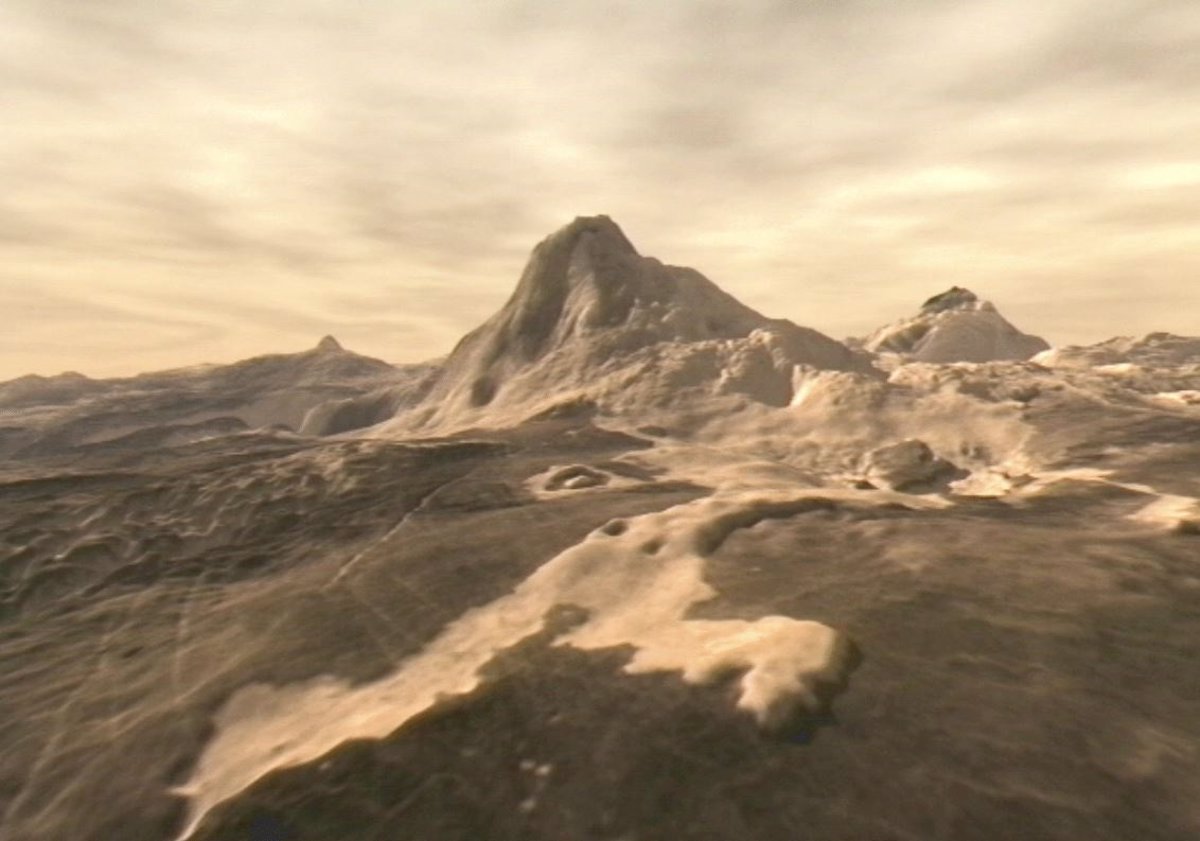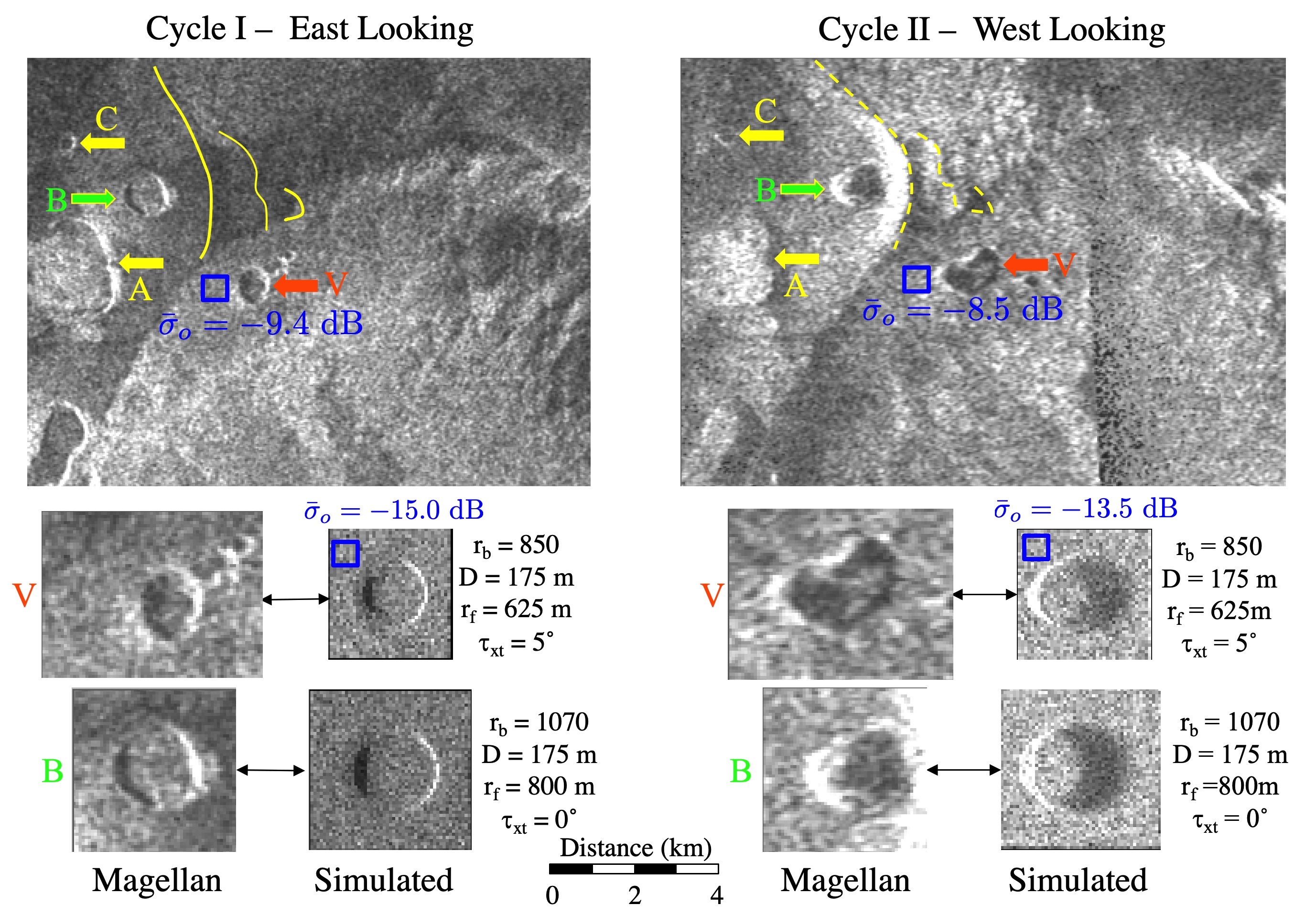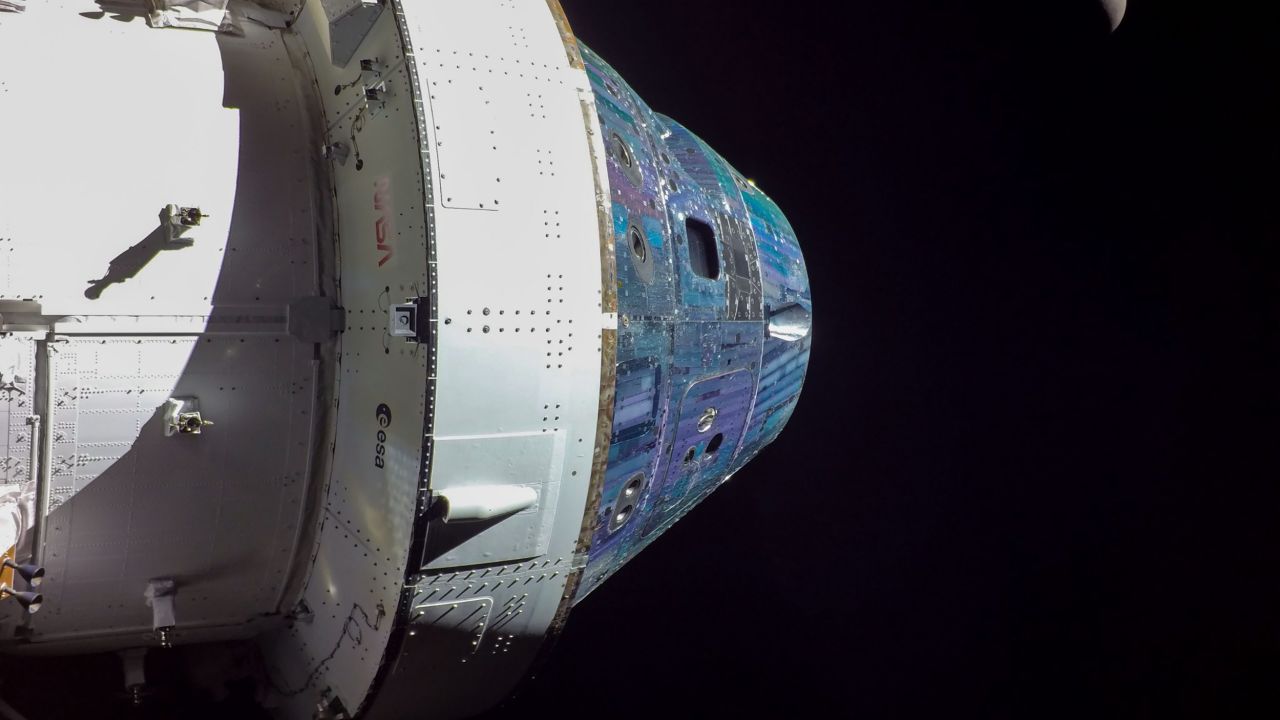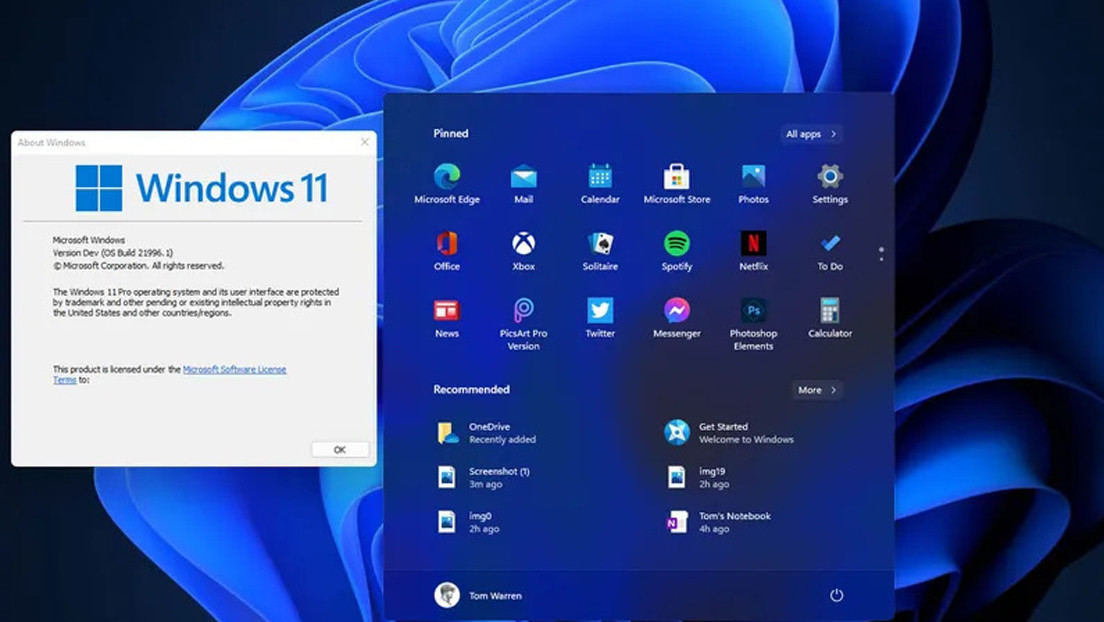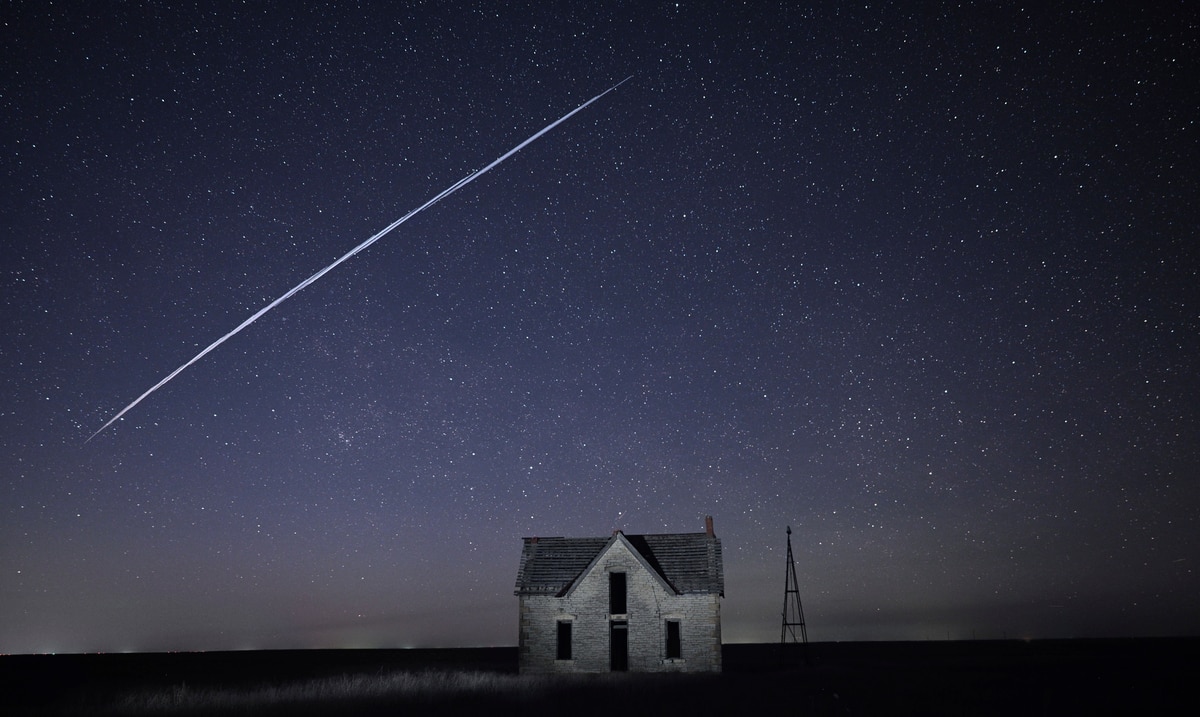Madrid, March 16 (Europe Press) –
A search for Venus images taken by NASA’s Magellan probe The crater has exposed an area of about 2.5 square kilometers It changed shape and grew for eight months in 1991.
Changes of this magnitude on Earth are associated with volcanic activity, such as an eruption in a vent or the movement of magma under a vent, which causes the vent walls to collapse and expand, the research reveals. Published in Science by Robert Herrick of the Institute of Geophysics at the University of Alaska Fairbanks.
Although similar to Earth in size and mass, Venus differs significantly in its lack of tectonic plates. The boundaries of the moving plates of the Earth’s surface are the main sites of volcanic activity.
Herrick studied images taken during the first two imaging cycles from NASA’s Magellan space probe in the early 1990s. Until recently, it took too much time to compare digital images to detect new volcanic flows., the article notes. As a result, some scientists looked to Magellanic data for feature formation.
For the first time, scientists have observed direct geological evidence of active volcanism on Venus. ??
The @UAFGI and made the discovery after examining archival radar images taken by the JBL team @potMagellan’s work 30 years ago. https://t.co/CTYYBFzAJl pic.twitter.com/v4vlx0aMiM
— NASA JPL (@NASAJPL) March 15, 2023
“Only in the last decade have Magellanic data become available at full resolution, mosaicked and easily manipulated by a researcher with a common personal workstation,” says Herrick. It is a statement.
The new research focuses on an area with two large volcanoes on Venus, Osa and Mat Mons. “Osa and Matt Mons are comparable to the largest volcanoes on Earth, but have lower slopes, so they are less dispersed,” he explains. Maat Mons has an enlarged vent indicating volcanic activity.
Herrick compared a Magellanic image from mid-February 1991 with one from mid-October of the same year and found a change in the chimney on the north side of a dome volcano that is part of the Maut Mons volcano.
The vent went from a circular shape under a mile square to an irregular shape nearly four miles square.
In the latter image, the chimney walls were narrow, perhaps a few hundred meters high, and the chimney was filled almost to the brim. The researchers speculate that a volcanic lake formed in the vent in the eight months between the images. However, it is not known whether the contents were liquid or cooled and solidified.
The researchers do issue one caveat: A non-earthquake may cause chimney walls to collapse and expand. However, they point out that collapses of this magnitude in Earth’s volcanoes are almost always accompanied by nearby eruptions; Magma is removed from beneath the chimney as it flows elsewhere.
According to Herrick, the surface of Venus is geologically young, especially compared to all other rocky bodies except Earth and Jupiter’s moon Io.
“However, estimates of the frequency of eruptions on Venus are speculative, From several large eruptions in a year to one such eruption every several or ten years“, indicates.
Herrick compares the lack of information about Venus volcanism to what is known about Jupiter’s moon Io and Mars. “Io is very active, and every time we observe it, we image several bursts,” he explains.
On a geologic time scale, relatively young lava flows indicate that Mars is still volcanically active. “However,” he continues, “in the 45 years we’ve been observing Mars, nothing has happened, most scientists would say. You’d have to observe the surface for a few million years to have a reasonable chance of seeing a new lava flow.“.
Herrick’s research places Venus among a small group of volcanically active bodies in our solar system. “Now we can say that Venus is currently in volcanic activity. It ended three decades ago We should see some activity when the next two orbital missions collect images“.

